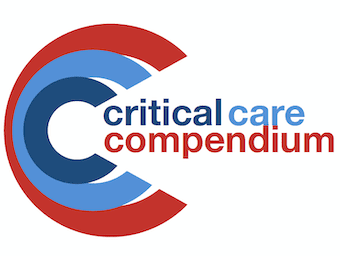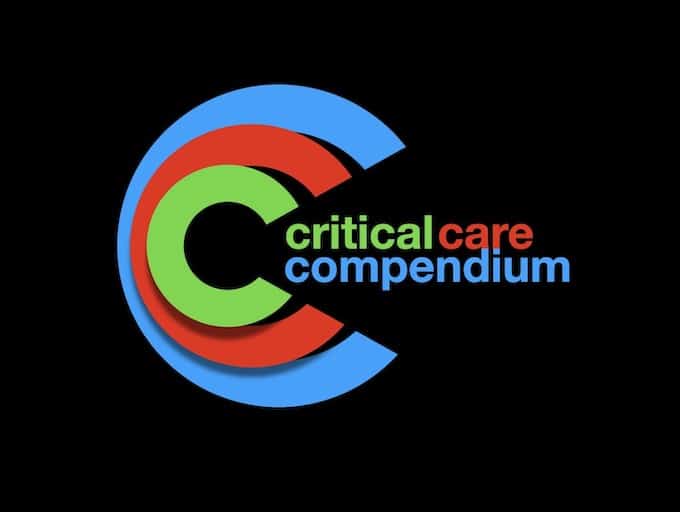
Risk and Numbers Needed to Treat
Risk is a nebulous term in evidence-based medicine, as it may refer to either relative or absolute risks. Overall, absolute risks are more meaningful and can be converted in 'numbers need to treat' (NNT), which are useful in the clinical setting

